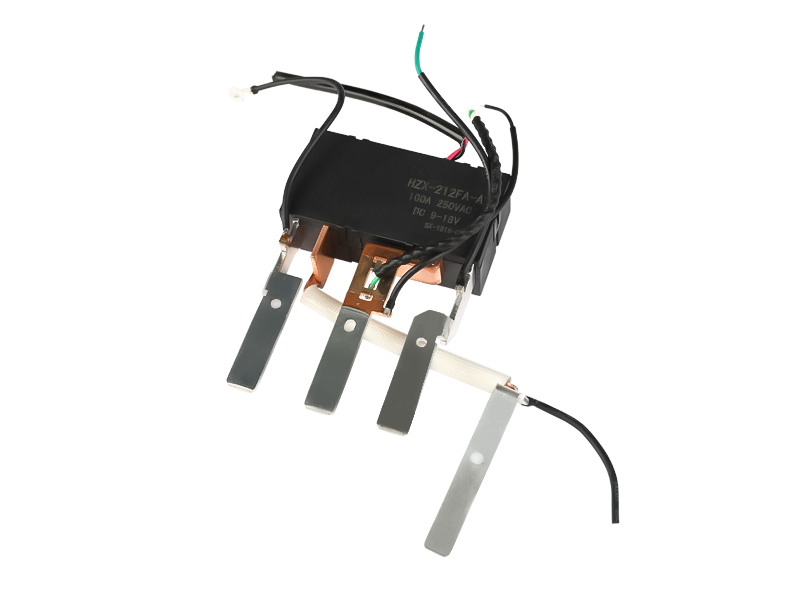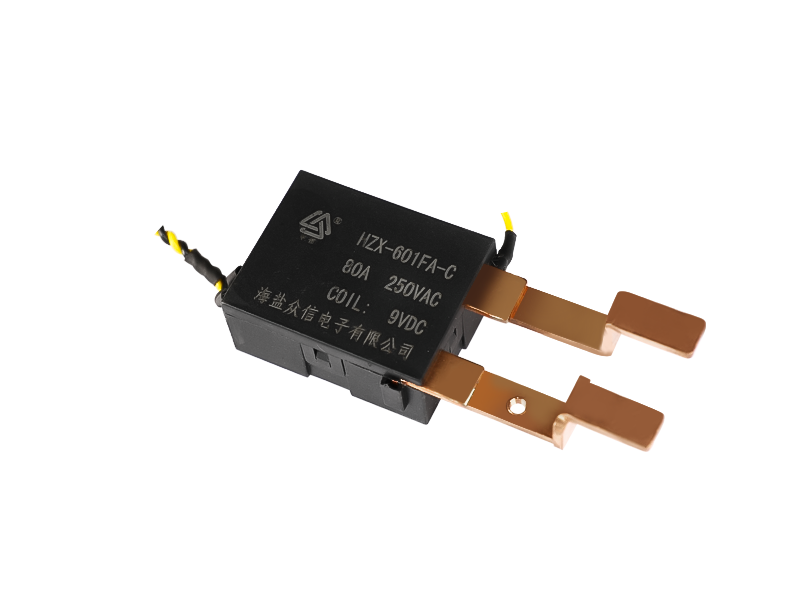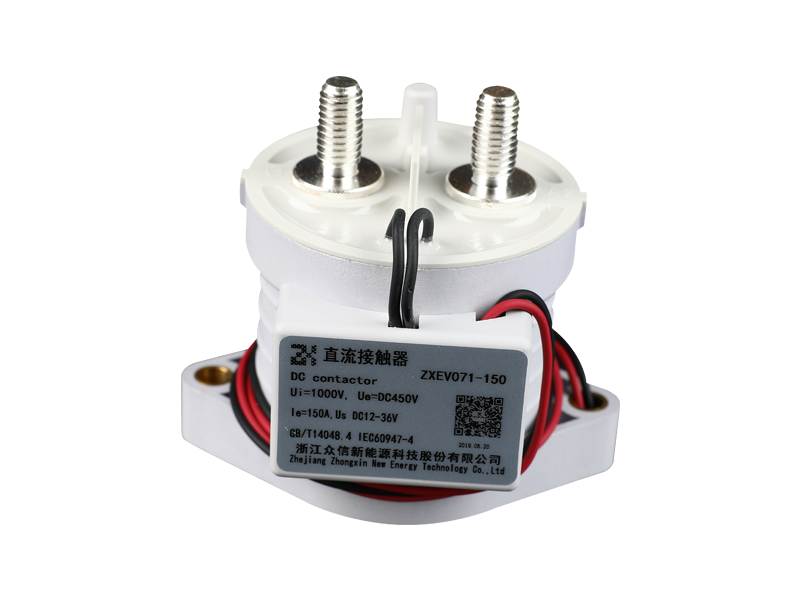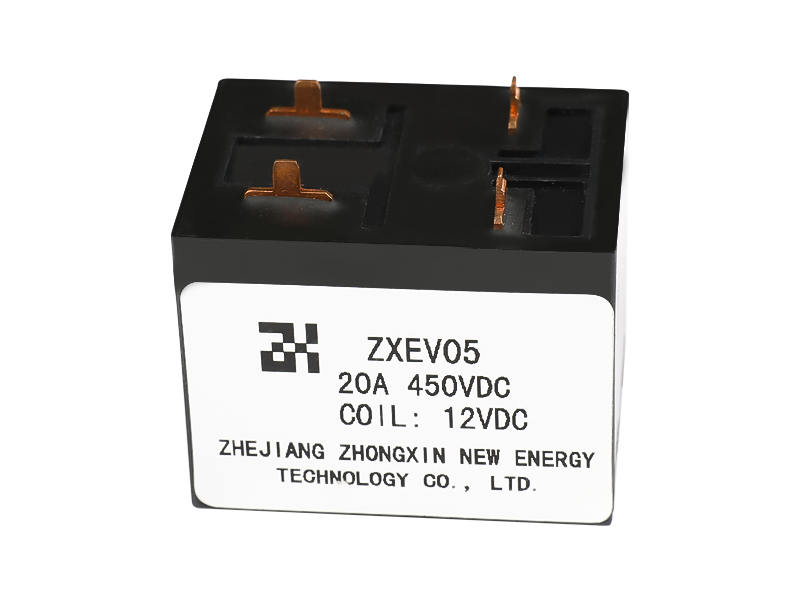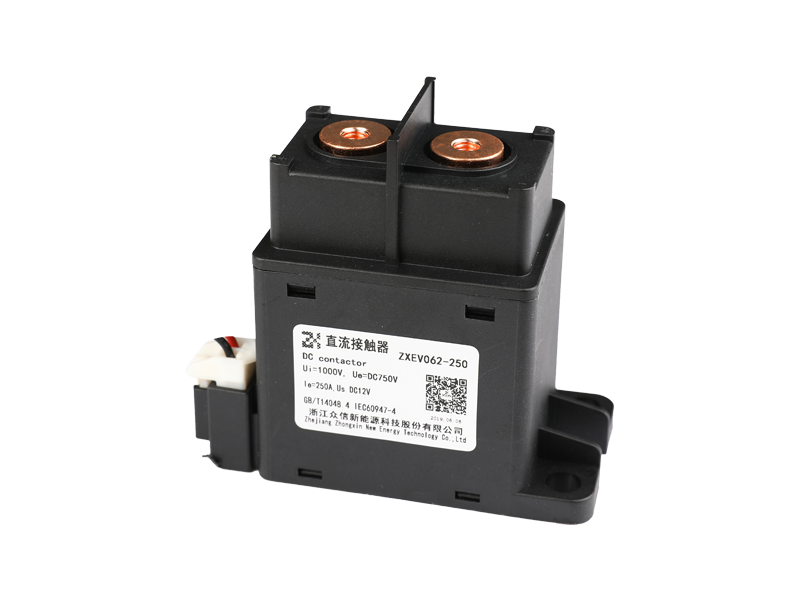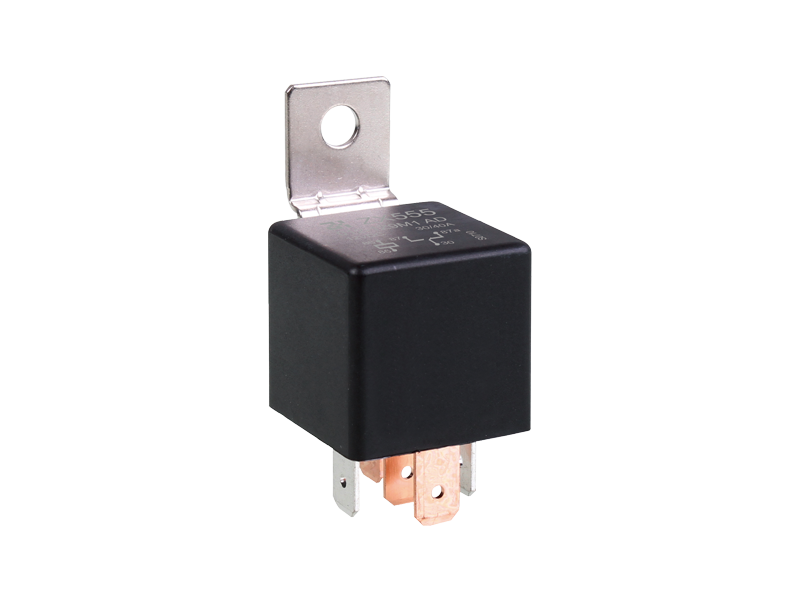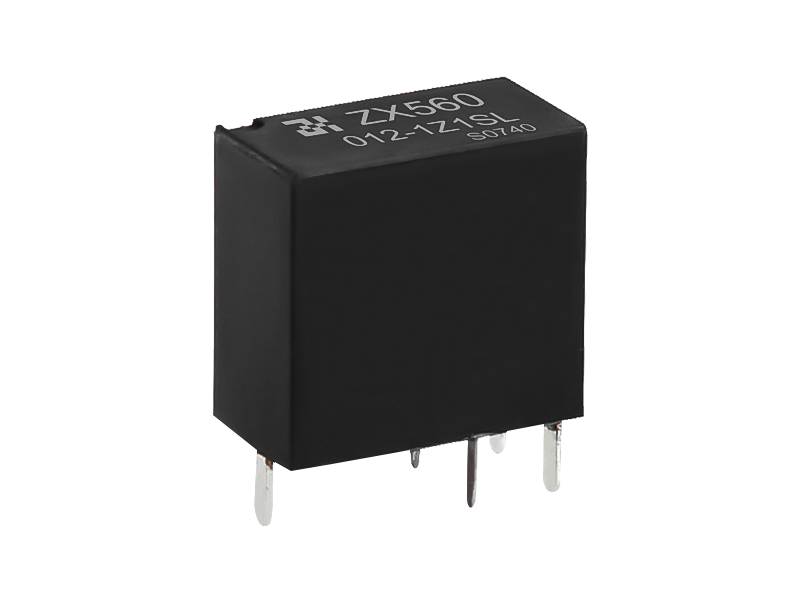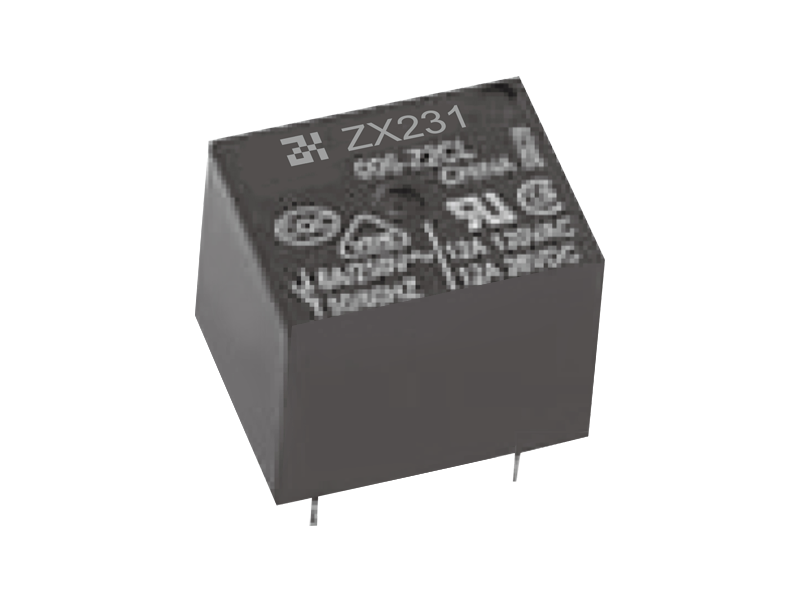SWITCHING HIGH CURRENT CIRCUITS:
The most common application of automotive relays is to switch a high current circuit using a low current circuit. This application comes into play whereby an in-line switch does not have the capacity to handle the current required to switch a high current electrical system. For example, this scenario could be observed during the operation of a set of high powered worklamps. If the worklamps are wired to light when the headlights are activated they could exceed the capacity of the existing loom set-up. An automotive relay can solve this problem.

ACTIVATING MULTIPLE CIRCUITS VIA SINGLE SWITCH
A key advantage of using a relay is that it allows the activation of multiple circuits from a single switch. A single input within an electrical system can be used to activate and trigger multiple relays installed in an electrical circuit. These relays can then complete/ break multiple circuits and therefore execute multiple functions given a single input signal. A simple real life example of this multiple actions from a single switch is the central locking system in a car - a single button press results in all the door locks locking or unlocking. Simple, time-saving and effective.
EXECUTION OF LOGIC FUNCTIONS
Although in recent times relays have been largely replaced by OEM electronic module designs they can also be used to perform logical operations. Auto relays can be used to perform both simple and more complex logical tasks such as - momentary inputs and time controlled functions, for example - the time control operation of wiper blades and the interior light time delay. While manufacturers have largely moved over to programmable logic for these tasks, relays offer a simple and cheap alternative. The likes of a car enthusiast may find it easier, cheaper and more appealing to install a relay to operate a simple logic function.
SAVE MONEY
High current electrical circuit components are expensive. Low current components are much cheaper. The use of relays means you can limit the installation of high current circuitry to those parts of the system to which it is essential. Then my installing relays at critical points the remainder of the circuit can be completed with more inexpensive low current components. This helps drive costs down. Everybody's happy!

